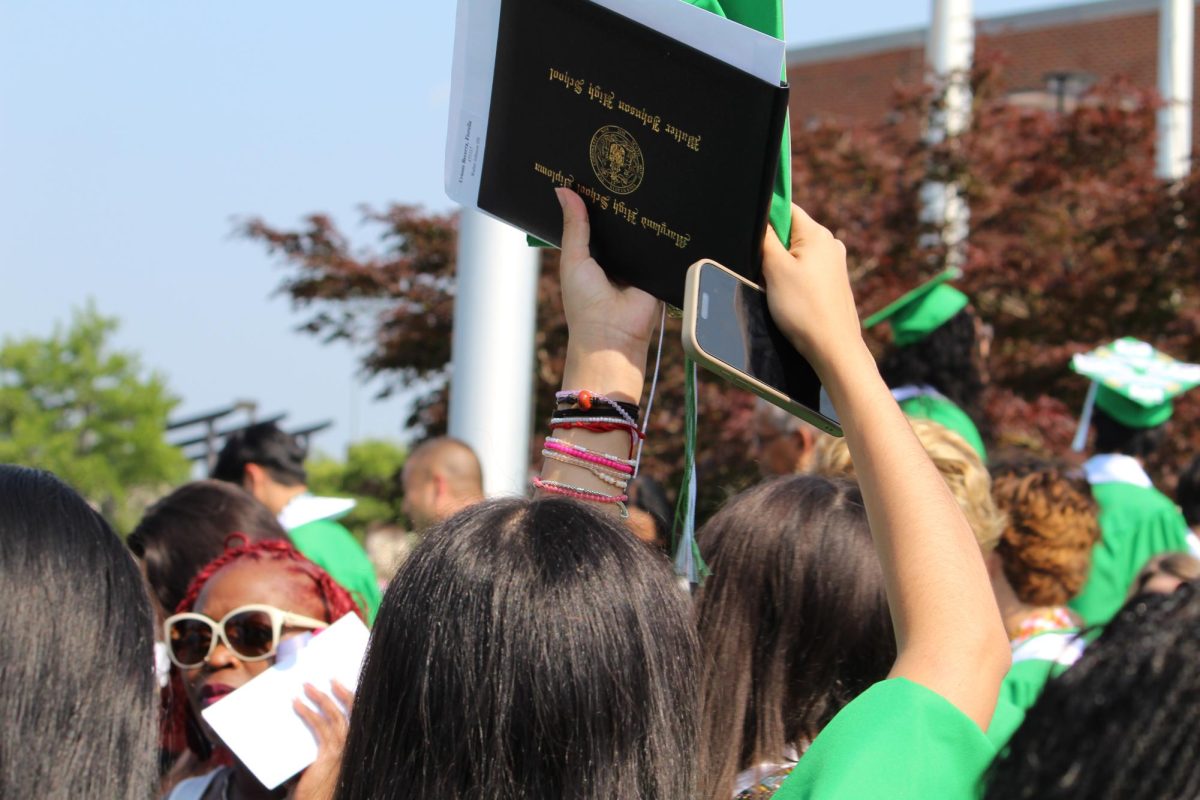The concept of Mardi Gras has been derived from a celebration In 1827 by a group of students in New Orleans, Louisiana who brought back a cultural tradition from Paris where they danced through the streets of New Orleans in big, colorful costumes.
Just 10 years later, New Orleans would grow to be a location of the famous Mardi Gras parades that filled the streets of the city.
To this day, the parade happens every year in late February or early March; grand marching bands and large, decorated floats travel down the streets as people storm the parade path to celebrate this adopted holiday.
The holiday was developed to be celebrated as a prelude to Lent, a Christian holiday, and occurs between Ash Wednesday and Easter Sunday.
The holiday has become widely popular under the colors gold, green and purple which are incorporated into the beads and other trinkets thrown into the crowds from the formal colored floats through the duration of the parade, in addition to many wearing masks and boas.
Many people incorporate big parties into the holiday in which there is a common tradition of an important dessert: The King Cake.
The King Cake is a cinnamon bun-like cake which is twisted among bread and cinnamon, and then frosted into a colorful three section cake presented with the colors purple, gold and green to symbolize the holiday. King Cakes are different from average cake as they hold a tiny plastic or porcelain baby inside.
The person who is lucky enough to receive the piece of cake with the figure inside is said to have good luck until the next Mardi Gras festival and has the honor of hosting the following year’s Mardi Gras party.
People around the country go to New Orleans for the big celebration every year, as Louisiana is the only state where the true celebration of Mardi Gras is a legal holiday.
However, this widespread celebration doesn’t prevent other cities, such as Mobile and St. Louis, from celebrating the holiday in a more subtle, yet celebratory fashion in the form of festivals or concerts.















